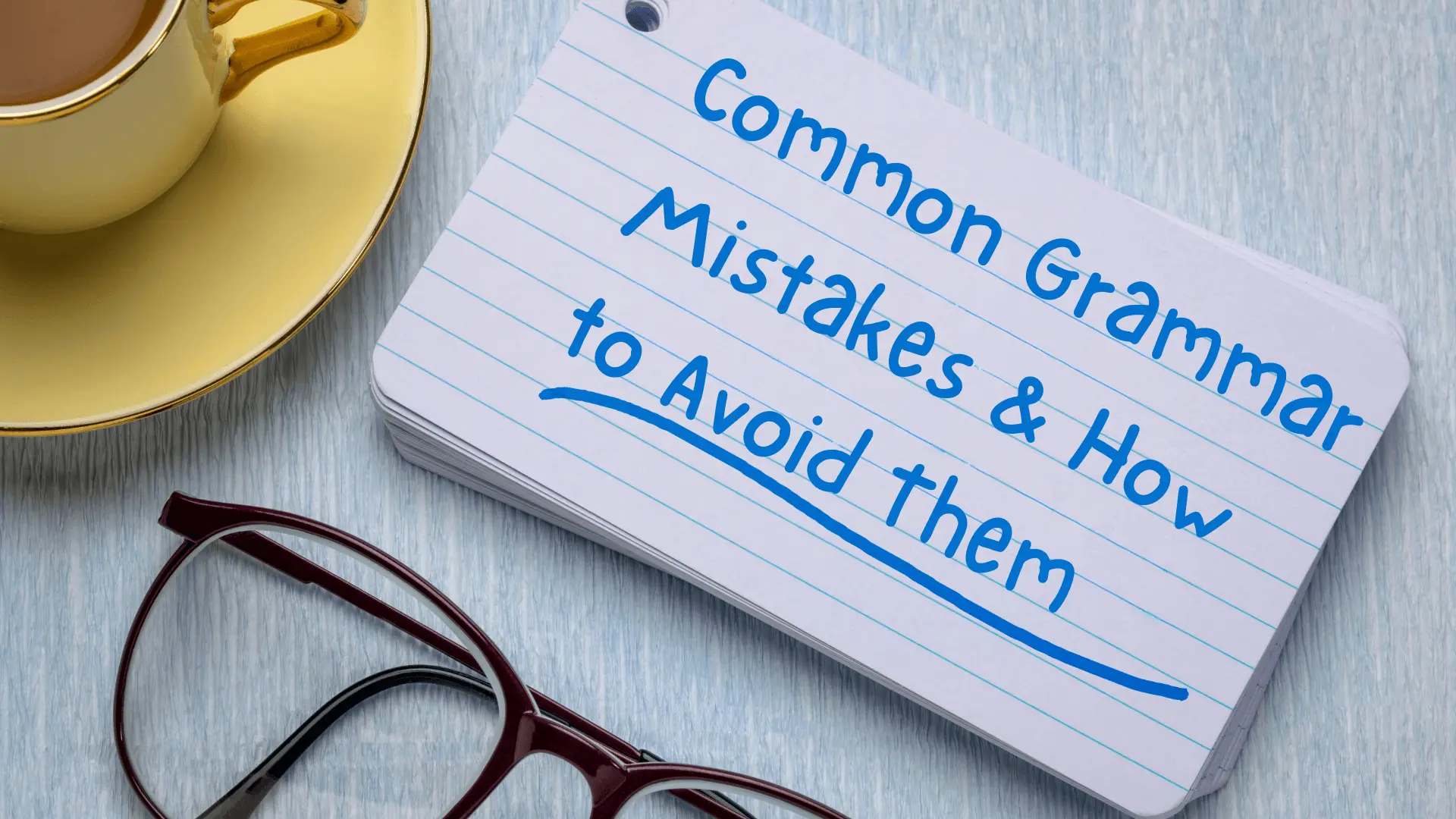Grammar mistakes are common, even among native English speakers. Understanding and correcting these errors can greatly improve your writing and communication skills. Here are some of the most frequent grammar mistakes and tips on how to avoid them.
1. Their vs. There vs. They’re
- Their: Possessive pronoun (e.g., “Their house is beautiful.”)
- There: Refers to a place or introduces a sentence (e.g., “There is a cat on the roof.”)
- They’re: Contraction of “they are” (e.g., “They’re going to the park.”)
How to Avoid It:
If you can replace the word with “they are,” use “they’re.” If referring to a place, use “there.” If showing possession, use “their.”
2. Your vs. You’re
- Your: Possessive pronoun (e.g., “Is this your book?”)
- You’re: Contraction of “you are” (e.g., “You’re amazing!”)
How to Avoid It:
Read the sentence aloud, replacing “you’re” with “you are.” If it makes sense, it’s correct.
3. Its vs. It’s
- Its: Possessive pronoun (e.g., “The dog wagged its tail.”)
- It’s: Contraction of “it is” (e.g., “It’s a sunny day.”)
How to Avoid It:
If you can replace “it’s” with “it is” and the sentence still makes sense, use “it’s.” Otherwise, use “its.”
4. Affect vs. Effect
- Affect: Usually a verb, meaning to influence (e.g., “The cold weather affected my mood.”)
- Effect: Usually a noun, meaning result or outcome (e.g., “The new law had a positive effect.”)
How to Avoid It:
Think of “affect” as an action (A for Action) and “effect” as a result (E for End result).
5. Then vs. Than
- Then: Refers to time or sequence (e.g., “First we ate, then we left.”)
- Than: Used for comparisons (e.g., “She is taller than her brother.”)
How to Avoid It:
If you’re comparing two things, use “than.” If referring to time or sequence, use “then.”
6. Lose vs. Loose
- Lose: Verb, meaning to misplace or not win (e.g., “Don’t lose your keys.”)
- Loose: Adjective, meaning not tight (e.g., “My shoes are too loose.”)
How to Avoid It:
Remember, “lose” has one “o” and is a verb, while “loose” has two “o’s” and describes something not tight.
7. Me vs. I
- Me: Used as an object (e.g., “She gave the gift to me.”)
- I: Used as a subject (e.g., “I went to the store.”)
How to Avoid It:
Remove the other person from the sentence and see if it still makes sense. (“John and I went” is correct because “I went” sounds right, but “John and me went” is incorrect.)
8. Fewer vs. Less
- Fewer: Used with countable nouns (e.g., “Fewer apples were in the basket.”)
- Less: Used with uncountable nouns (e.g., “I drank less water today.”)
How to Avoid It:
If you can count it, use “fewer.” If you can’t count it, use “less.”
9. Who vs. Whom
- Who: Subject pronoun (e.g., “Who is calling?”)
- Whom: Object pronoun (e.g., “To whom should I address the letter?”)
How to Avoid It:
Try replacing it with “he/she” (for “who”) or “him/her” (for “whom”). If “him/her” fits, use “whom.” Example: “Whom did you call?” (You called him.)
10. Dangling Modifiers
- Incorrect: “Running down the street, my hat flew off.”
- Correct: “Running down the street, I lost my hat.”
How to Avoid It:
Ensure the subject of the sentence is clearly identified.
Final Thoughts
Avoiding common grammar mistakes can significantly improve clarity and credibility in your writing. Practice these rules, proofread carefully, and you’ll become a more confident and effective communicator!

